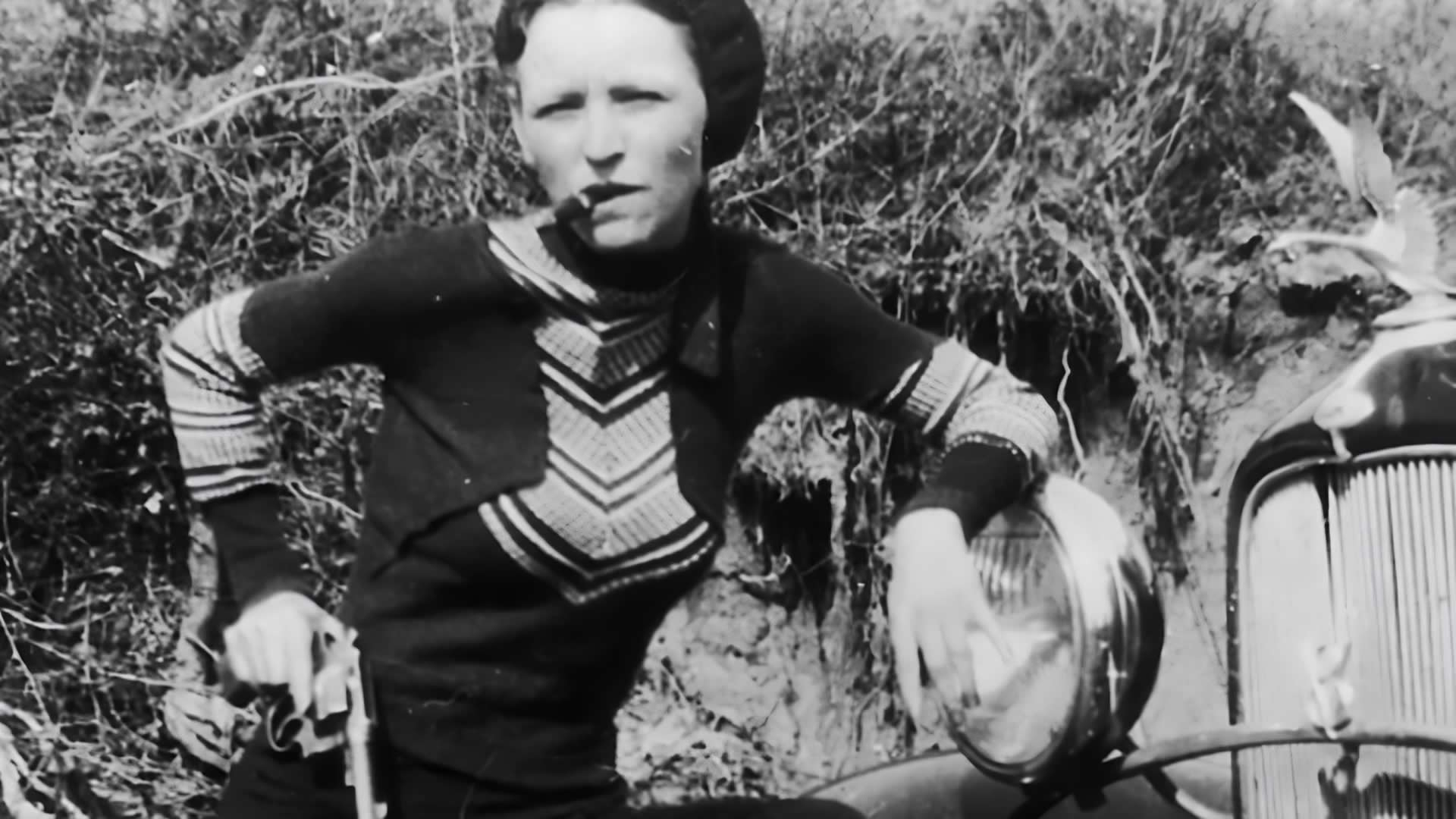
Bonnie Parker’s Legacy: Revolutionary, Rebel, or Victim?
Few figures in American history captivate public imagination like Bonnie Parker. One half of the infamous Bonnie and Clyde duo, her name is synonymous with rebellion, recklessness, and romance. But who was Bonnie Parker beyond the headlines? What shaped the choices that turned her from a waitress with Hollywood dreams into a partner in one of the most notorious crime sprees of the twentieth century? By exploring her early life, relationships, and the socio-economic fabric of the 1930s, we can begin to piece together a fuller narrative of this enigmatic figure.
From Small-Town Beginnings to Big-City Dreams
Bonnie Elizabeth Parker was born on October 1, 1910, in Rowena, Texas. Life was unkind from the start—her father passed away when she was just four years old, leaving her mother to raise three children alone. The family eventually moved to a neighborhood in West Dallas, known for its poverty and limited opportunities. School became Bonnie’s escape from hardship. She was a gifted student, excelling in creative writing and poetry, a talent that would later find its way into the lyrics she penned during her fugitive years.
Despite her knack for academics, Bonnie’s aspirations leaned toward the dramatic. Inspired by 1920s silent film stars, she dreamed of a larger-than-life existence, craving glamour, excitement, and freedom from the monotony of small-town struggles. But those dreams were forever altered when she married Roy Thornton at 16. Thornton was an older, rough-around-the-edges man who left Bonnie disillusioned in a marriage filled with neglect. She eventually parted ways with Thornton, though they never officially divorced. She continued to wear his wedding ring until the end of her life, a subtle yet poignant reminder of how her romantic ideals often collided with harsh reality.
The Great Depression: A Stage Set for Desperation
To understand Bonnie Parker’s life, one must consider the world in which she lived. The 1930s marked the height of the Great Depression. Poverty engulfed much of the United States, and unemployment soared to record levels. For women like Bonnie, employment opportunities were limited at best, often relegated to servitude or low-paying jobs such as waitressing—a role Bonnie herself took up in the early 1930s.
The widespread socioeconomic despair didn’t just empty wallets—it unearthed a deep-seated distrust of banks, law enforcement, and government institutions. Outlaws like Bonnie and Clyde became, to some, anti-heroes. Their daring robberies were seen as acts of rebellion against a system that many believed had failed them.
Though this national turmoil shaped Bonnie’s environment, it’s reductive to suggest it alone dictated her choices. Her story isn’t solely that of a victim of her time but a blend of individual agency and external circumstance.
Meeting Clyde Barrow: The Partnership That Defined Her Life
Bonnie met Clyde Barrow in January 1930, and it was, by many accounts, a meeting of kindred spirits. Clyde, a small-time thief with a flair for charm, and Bonnie, a romantic soul yearning for adventure, were instantly drawn to one another. Their bond was forged not just in romance but in an apparent mutual understanding of ambition, loyalty, and rebellion.
Some historians argue that Bonnie was initially led astray by Clyde’s influence. While Clyde had already been incarcerated before they met, Bonnie’s criminal record was nonexistent. But to cast her merely as Clyde’s accomplice dismisses her autonomy. Once committed to their tumultuous partnership, Bonnie actively participated in their criminal activities—writing poetry, leveraging her media appeal, and refusing opportunities to abandon the life they’d built together.
Psychologists offer some insight into her psyche. Her yearning for significance, perhaps fueled by a childhood overshadowed by economic struggle, made her drawn to Clyde’s boldness. Together, they crafted an identity as outlaw celebrities. Whether she saw herself as a revolutionary or simply as someone perpetuating their story for survival remains a murky question.
Was She a Willing Accomplice or a Tragic Victim?
Describing Bonnie Parker as either an innocent victim or a cold-hearted criminal does a disservice to the complexity of her choices. True, the socio-economic hardship of the 1930s played a significant role in framing a life where desperation seemed inevitable. Yet Bonnie, aware of the risks and aware of the carnage left in the duo’s wake, chose to remain at Clyde’s side.
Her poetry gives us a glimpse of someone keenly aware of her own mythos. For instance, in her poem “The Trail’s End” (often referred to as “The Story of Bonnie and Clyde”), she wrote:
Some day they'll go down together,
And they'll bury them side by side,
To few it'll be grief—
To the law a relief—
But it's death for Bonnie and Clyde.
This self-awareness points to a woman who foresaw her downfall yet chose to endure the perilous road because it fulfilled a desire for a life that was hers to shape, however unconventional or destructive.
Bonnie's Legacy and a Modern Reflection
Bonnie Parker remains a polarizing figure. Was she an ambitious dreamer propelled by love and circumstance into a life of crime? Or a willing participant who reveled in defiance against authority? The truth likely lies somewhere in between, defined by nuanced layers of her personality, decisions, and the environment of the 1930s.
Today, Bonnie’s story invites reflection—not to glamorize her life of crime but to understand the human spirit's complexity when faced with adversity and ambition. For those curious to uncover more about this fascinating era, we invite you to explore our Bonnie And Clyde self-guided tour. Step into their world and walk through the streets they once traversed, piecing together their story through an immersive experience. Who knows? You might find your own perspective shifting as you uncover the real people behind the legend.
Book the tour today and join us in unraveling a tale where history meets mystery!

